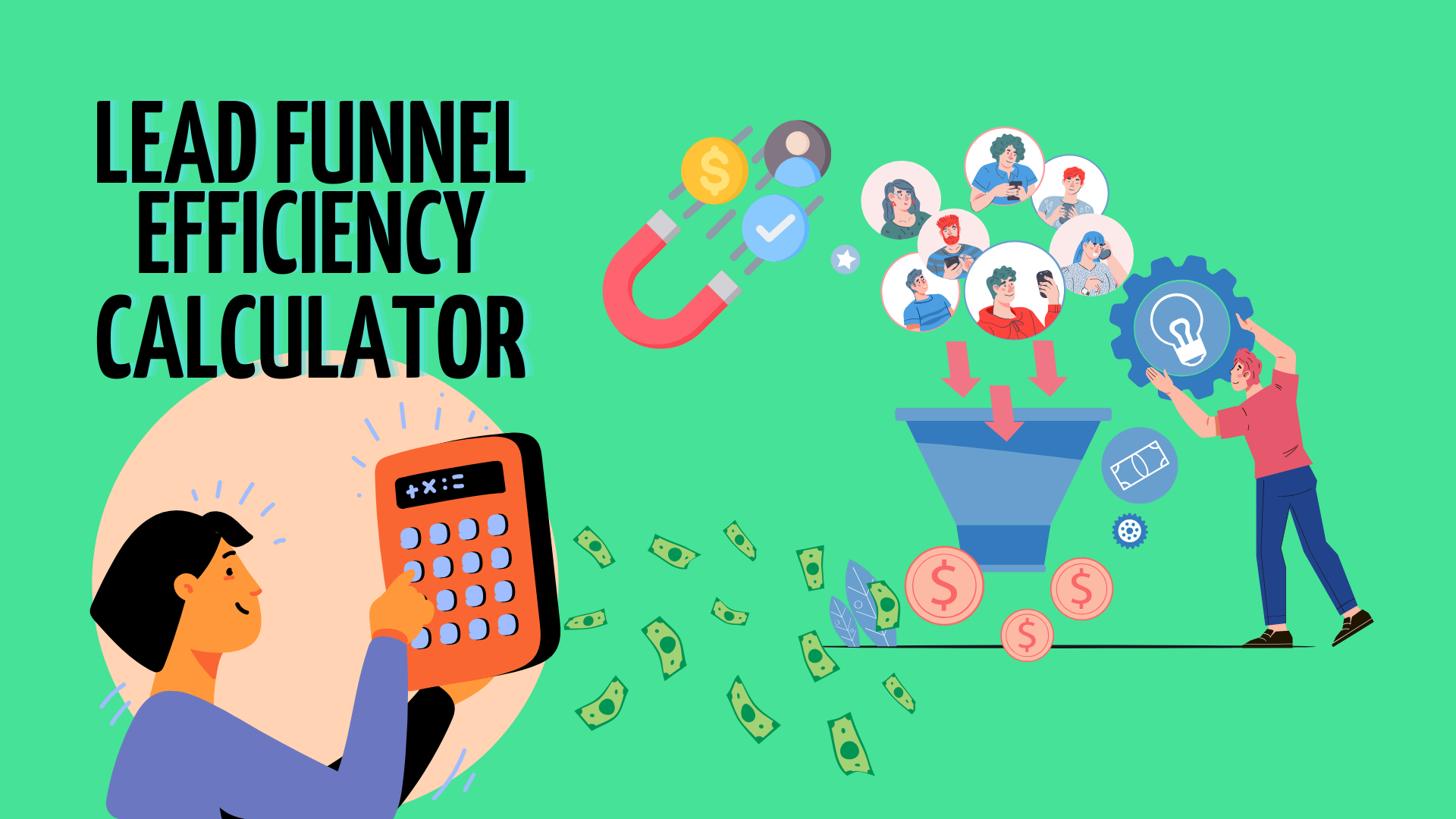
Post published: March 10, 2024 10:34 am
Author: Yury Parfentsov
Total views: 148
Reading time: 4.1 min
In this article
Impressions – Clicks – Leads – Qualified Leads – Customers
is a commonly used funnel in digital marketing for customer attraction within lead generation. Each stage of this funnel represents a distinct phase of the customer journey, starting from initial awareness and culminating in a purchase.
I want to emphasise that we are discussing the most basic model of the lead generation funnel. In practice, it can be much more intricate, tailored to specific requirements. For instance, within the Qualified Leads category, segmentation can occur based on varying degrees of interest, such as Marketing Qualified Leads (MQLs) and Sales Qualified Leads (SQLs). These leads can then be nurtured through distinct strategies, including targeted email campaigns or direct engagement by a salesperson.
Let’s dive deeper to understand the indicators used, their meanings, and average benchmarks that will help us assess the performance of our lead generation campaigns.
Here’s a breakdown of each stage:
Impressions
This is the first stage where potential customers are exposed to your marketing message or advertisement. An impression is counted each time your ad is displayed, regardless of whether it is clicked or not. The goal at this stage is to increase brand awareness and reach a wide audience.
Clicks
At this stage, individuals who have seen your ad or marketing message take action by clicking on it. This indicates a higher level of interest as they are choosing to engage with your content. The click-through rate (CTR) is a key metric here, measuring the percentage of impressions that result in clicks.
Leads
After clicking, visitors become prospects. They have shown interest in your product or service but haven’t yet taken a significant action like providing their contact information. This stage involves engaging these prospects, often through a website or landing page, to encourage them to move further down the funnel.
Qualified Leads
A qualified lead is a lead who has shown a clear interest in purchasing or has met certain criteria that make them more likely to become a customer. This can involve actions like filling out a contact form, signing up for a trial, or explicitly expressing interest in your product or service. At this stage, leads are often scored and prioritised for follow-up.
Customers
The final stage of the funnel is when the lead makes a purchase and becomes a customer. The focus here is on closing the sale and may involve direct sales efforts, special offers, or other techniques to persuade the lead to complete the transaction.
Average conversion rates
The conversion rates for each step of the digital marketing funnel can vary widely depending on several factors, including the industry, the type of product or service, the quality of the ad or marketing campaign, the target audience, and the specific strategies used. Below are some general average benchmarks for each stage of the funnel:
Impressions to Clicks
This is measured by the click-through rate (CTR). Average CTRs can vary, but for online display ads, a general benchmark is around 0.1% to 0.3%. For search ads, the average CTR might be higher, often ranging from 1% to 5%.
Clicks to Leads
Not all clicks result in meaningful engagement or prospect status. Conversion rates at this stage depend heavily on the quality of the landing page and the relevance of the content. A typical conversion rate from click to prospect might range from 2% to 5%.
Leads to Qualified Leads
The conversion rate here depends on how well the prospects are nurtured and how effectively the marketing messages resonate with them. A general benchmark could be anywhere from 10% to 30%, but this can vary widely.
Qualified Leads to Customer
This stage often has a higher conversion rate since the leads are more qualified and have shown a strong interest in the product or service. Conversion rates can range from 20% to 40%, but again, this varies greatly depending on the industry and other factors.
Improving efficiency
Working on improving the Conversion Rate (CR) at each step of the funnel can significantly enhance the end result and substantially increase ROAS. This is something that both the marketing department and the sales team should continually focus on.
ROAS stands for Return on Ad Spend. It is a marketing metric that measures the effectiveness of a digital advertising campaign. ROAS calculates the total revenue generated for every dollar spent on advertising.
ROAS is similar to Return on Investment (ROI), but while ROI measures the profitability of the overall investment in the business, ROAS specifically measures the return from advertising expenditures.
We invite you to use our calculator to assess the effectiveness of your Lead Funnel.
Our calculator is designed to assess the effectiveness of acquiring customers via paid channels and their subsequent management by your sales department.
By utilizing our calculator, you can assess the performance of both your marketing and sales departments. It allows you to manipulate the figures to pinpoint where significant conversion losses occur and determine the extent of improvement needed for profitability.


